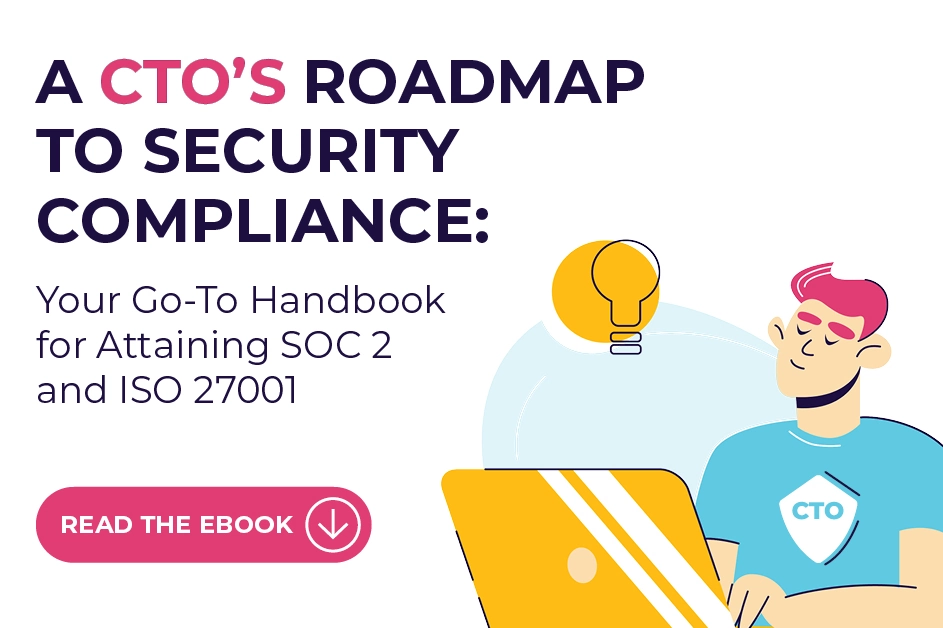Scytale now supports the CIS Controls Framework, allowing businesses to streamline their security and compliance processes.
Sensitive Data Exposure
Sensitive Data Exposure refers to the unauthorized access, disclosure, or transmission of sensitive information, such as personal identifiable information (PII), financial data, health records, or intellectual property. This exposure can occur through various means, including insecure storage, weak encryption, and improper handling of data.
OWASP Sensitive Data Exposure
The Open Web Application Security Project (OWASP) identifies Sensitive Data Exposure as a critical security risk in web applications. According to OWASP, attackers exploit vulnerabilities within web applications to gain access to sensitive data. These vulnerabilities may include inadequate encryption, insufficient authentication mechanisms, and flawed access controls. The OWASP Top 10 list consistently highlights Sensitive Data Exposure as a prevalent threat, emphasizing the importance of addressing this risk in application development and security practices.
API Sensitive Data Exposure
Application Programming Interfaces (APIs) play a crucial role in modern software development, facilitating communication and data exchange between different systems. However, APIs can also pose significant security risks, particularly concerning sensitive data exposure. When APIs are not adequately secured, attackers may intercept, manipulate, or extract sensitive information transmitted between applications.
APIs often handle sensitive data, such as user credentials, payment details, and personal information. Therefore, ensuring the security of APIs is essential to prevent data breaches and protect user privacy. Secure coding practices, robust authentication mechanisms, and encryption protocols are vital for mitigating the risk of API-sensitive data exposure.
Impact of Sensitive Data Exposure
The consequences of sensitive data exposure can be severe and far-reaching. When sensitive information falls into the wrong hands, it can lead to identity theft, financial fraud, reputational damage, and legal liabilities. Organizations may face regulatory penalties, lawsuits, and loss of customer trust following a data breach.
Furthermore, the impact of sensitive data exposure extends beyond immediate financial losses. It can erode customer confidence, tarnish brand reputation, and undermine business relationships. Restoring trust and recovering from the fallout of a data breach often requires significant time, resources, and effort.
Sensitive Data Exposure Attack
Sensitive Data Exposure attacks encompass various tactics employed by malicious actors to compromise the confidentiality of sensitive information. Common attack vectors include SQL injection, cross-site scripting (XSS), insecure direct object references, and improper error handling. Attackers may exploit these vulnerabilities to gain unauthorized access to databases, intercept sensitive communications, or manipulate data transmission.
To mitigate the risk of sensitive data exposure attacks, organizations should implement comprehensive security measures across their infrastructure, applications, and data handling processes. This includes:
Data Encryption: Utilize strong encryption algorithms to protect sensitive data both in transit and at rest. Implement encryption protocols such as SSL/TLS for secure communication channels and encryption mechanisms for stored data.
Access Controls: Enforce strict access controls to restrict unauthorized access to sensitive data. Implement role-based access control (RBAC), least privilege principles, and strong authentication mechanisms to ensure that only authorized users can access sensitive information.
Secure Development Practices: Follow secure coding practices and conduct regular security assessments, such as code reviews and penetration testing, to identify and remediate vulnerabilities in applications and APIs.
Data Masking and Redaction: Employ techniques such as data masking and redaction to conceal sensitive information from unauthorized users. This involves replacing sensitive data with fictitious or anonymized values in non-production environments or when sharing data with third parties.
Security Awareness Training: Educate employees and stakeholders about the importance of data security and provide training on best practices for handling sensitive information securely. Promote a culture of security awareness throughout the organization to reduce the risk of insider threats and human errors.
In conclusion, sensitive data exposure poses significant risks to organizations and individuals alike. By implementing robust security measures, adhering to best practices, and remaining vigilant against emerging threats, organizations can effectively mitigate the risk of sensitive data exposure and safeguard the confidentiality, integrity, and availability of sensitive information.







